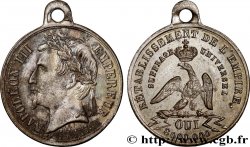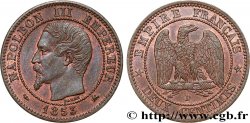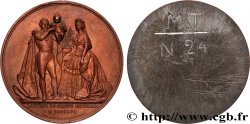E-auction 340-255096 - fme_369634 - SECOND EMPIRE Médaille, Fondation de l’Hôtel de Ville de Poitiers
You must signin and be an approved bidder to bid, LOGIN TO BID. Accounts are subject to approval and the approval process takes place within 48 hours. Do not wait until the day a sale closes to register. Clicking on « bid » constitutes acceptance of the terms of use of cgb.fr private e-auctions.
Bids must be placed in whole Euro amounts only. The sale will start closing at the time stated on the item description; any bids received at the site after the closing time will not be executed. Transmission times may vary and bids could be rejected if you wait until the last second. For further information ckeck the E-auctions F.A.Q.
NO BUYER'S FEE.
NO BUYER'S FEE.
| Estimate : | 75 € |
| Price : | 29 € |
| Maximum bid : | 33 € |
| End of the sale : | 21 October 2019 18:31:00 |
| bidders : | 5 bidders |
Type : Médaille, Fondation de l’Hôtel de Ville de Poitiers
Date: 1869
Mint name / Town : 86 - Poitiers
Metal : copper
Diameter : 50,5 mm
Orientation dies : 12 h.
Engraver CAQUÉ Armand Auguste (1795-1881)
Weight : 54,94 g.
Edge : lisse + abeille CUIVRE
Puncheon : Abeille (1860 - 1880) CUIVRE
Coments on the condition:
Exemplaire nettoyé. Présence de coups et rayures
Obverse
Obverse legend : HÔTEL DE VILLE DE POITIERS / 1869.
Obverse description : Vue de l’Hôtel de Ville de Poitiers, signé : CAQUE F. et G. GUERINOT ARCH..
Reverse
Reverse legend : SOUS LE RÈGNE DE NAPOLÉON III / EMPEREUR DES FRANÇAIS / M. BOURREAU MINISTRE DE L’INSTRUCTION PUBLIQUE / ANCIEN MAIRE DE POITIERS / ASSISTÉ DE M. M. / RENEUFVE PRÉFET DU DÉPARTEMENT DE LA VIENNE / LEPETIT ET AUTELIET ADJOINTS / ET DES MEMBRES DU CONSEIL MUNICIPAL / A POSÉ LA PREMIÈRE PIERRE / DE L’HÔTEL DE VILLE DE POITIERS / LE 31 OCTOBRE 1869 / G. GUÉRINOT ARCHITECTE.
Reverse description : Légende en douze lignes soue un petit écu couronné de la ville de Poitiers,entre deux branches de chêne et de lauriers.
Commentary
L’hôtel de ville de Poitiers, classé aux Monuments Historiques, témoigne des projets d’aménagements urbains de la fin du XIXe siècle. S’inspirant des constructions municipales parisiennes de l’époque, de style Second Empire, il est bâti entre 1869 et 1875 sous la direction de l’architecte Antoine-Gaétan Guérinot qui avait collaboré à l’édification de la Préfecture de la ville. Les deux bâtiments dans l’axe, l’un de l’autre de part et d’autre de la rue Victor Hugo, se regardent, signe de la structuration des institutions de la République. Bien que typique des édifices de cette époque, l’hôtel de ville de Poitiers n’en demeure pas moins une œuvre remarquable, notamment par sa décoration intérieure qui s’est poursuivie jusque dans les années 1890.
Cf. http://www.architectureetpatrimoine.com/monuments/hotel-de-ville-de-poitiers/.
Poitiers City Hall, listed as a Historic Monument, bears witness to the urban development projects of the late 19th century. Inspired by the Parisian municipal buildings of the time, in the Second Empire style, it was built between 1869 and 1875 under the direction of the architect Antoine-Gaétan Guérinot, who had collaborated on the construction of the city's Prefecture. The two buildings in the axis, one of the other on either side of Rue Victor Hugo, face each other, a sign of the structuring of the institutions of the Republic. Although typical of buildings of this period, Poitiers City Hall is nonetheless a remarkable work, particularly for its interior decoration, which continued until the 1890s. See http://www.architectureetpatrimoine.com/monuments/hotel-de-ville-de-poitiers/
Cf. http://www.architectureetpatrimoine.com/monuments/hotel-de-ville-de-poitiers/.
Poitiers City Hall, listed as a Historic Monument, bears witness to the urban development projects of the late 19th century. Inspired by the Parisian municipal buildings of the time, in the Second Empire style, it was built between 1869 and 1875 under the direction of the architect Antoine-Gaétan Guérinot, who had collaborated on the construction of the city's Prefecture. The two buildings in the axis, one of the other on either side of Rue Victor Hugo, face each other, a sign of the structuring of the institutions of the Republic. Although typical of buildings of this period, Poitiers City Hall is nonetheless a remarkable work, particularly for its interior decoration, which continued until the 1890s. See http://www.architectureetpatrimoine.com/monuments/hotel-de-ville-de-poitiers/







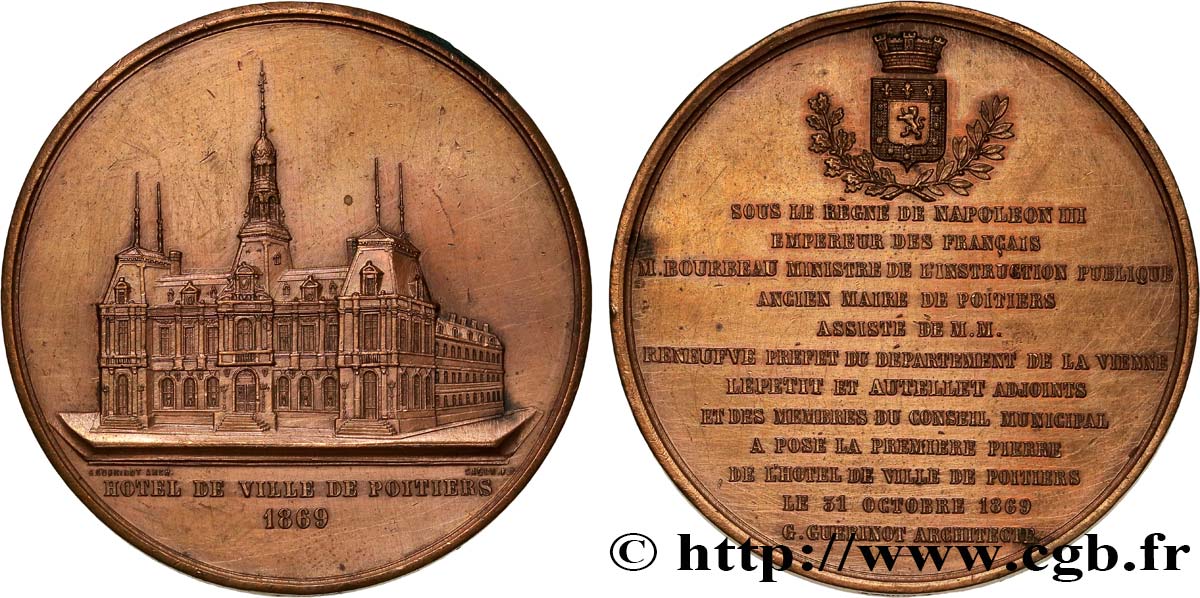
 Report a mistake
Report a mistake Print the page
Print the page Share my selection
Share my selection Ask a question
Ask a question Consign / sell
Consign / sell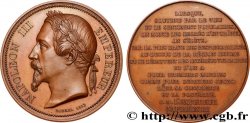
 Full data
Full data
